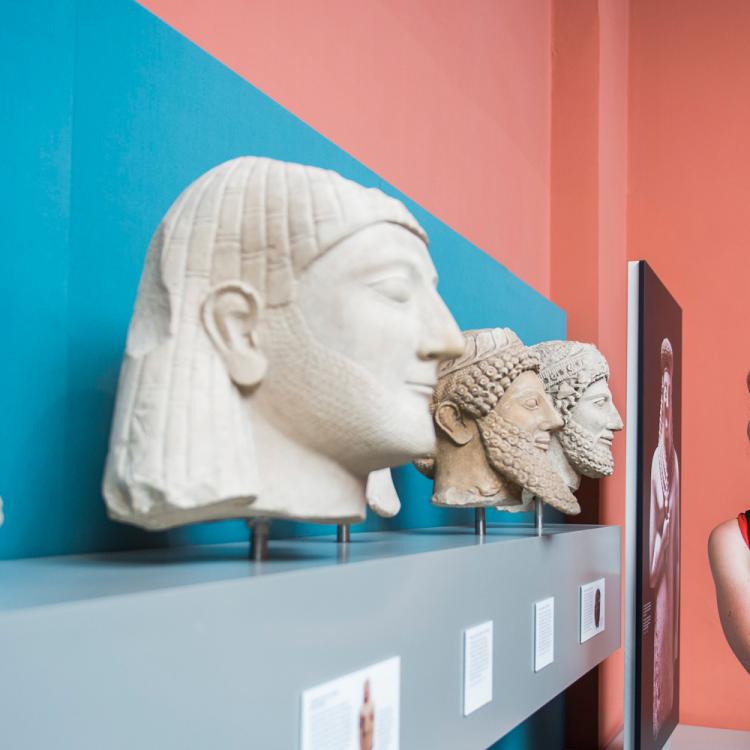Visiting the gallery
Opening times
Daily: 10.00–17.00
See full opening hours
Advance booking advised
Gallery audio guides
Listen on the Audio app, available on the App Store and Google Play.
In Greek mythology, the island of Cyprus is known as the land of the goddess of love, Aphrodite.
The island has been inhabited for at least 12,000 years. Settlers were attracted by its fertile land and traders by its abundant resources of timber and copper – the word copper actually comes from the name Cyprus.
Major political powers fought for control over Cyprus, because of its strategic location in the Eastern Mediterranean. This long history of contact created a material culture that was diverse, yet still distinctively Cypriot.
The objects on display in Room 72 were all made or found there and illustrate Cypriot culture and civilisation from the fourth millennium BC to the end of the Roman period.
Accessibility
- Some objects in this collection feature on the British Sign Language multimedia guide. This resource is temporarily unavailable. You can access a selection of BSL films on your own device.
- Seating is available.
- Step-free access.
- View sensory map.
Visit Accessibility at the Museum for more information.






